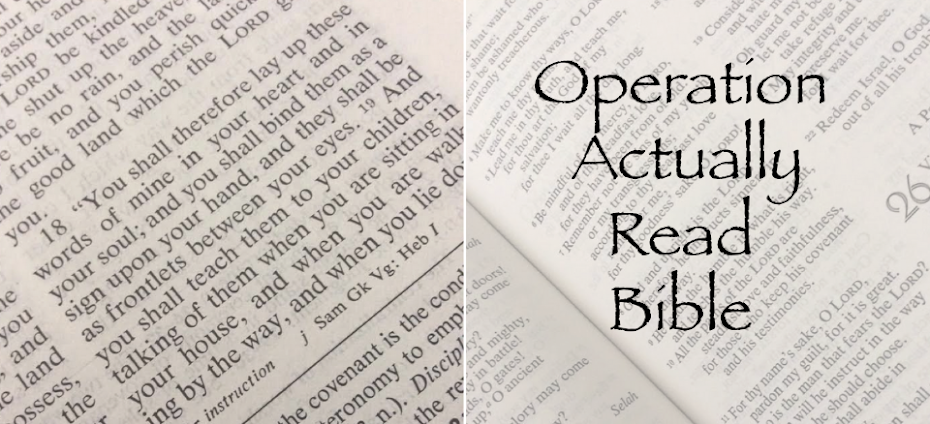No Graven Image is set in Ecuador. It's narrated by an American missionary--a single woman--named Margaret. Ecuador is her first placement, and, it is without a doubt where she feels called by God to serve. She hopes to learn the language--Quichua--and eventually translate the Bible into the native language. She has learned Spanish. She's seeking someone who speaks Spanish and Quichua. About a third of the way through the novel, she meets Pedro. There are some barriers to their friendship--language, culture, social class--but eventually he becomes 'the one' to help her in her work. She will pay him to teach her the language. She will pay him to help her translate the Bible. Now you might think that was challenging enough, but no, before anyone can benefit from this new translation of the Bible, she will have to teach them to read their own native language, that it's worth the time and effort to learn to read. Before she can teach them--at least as she sees it--she has to show them that she's trustworthy and/or worthy of their respect and friendship. She has to overcome the 'who-does-she-think-she-is' and 'is-that-lady-crazy' viewpoint.
From start to finish, Margaret experiences troubles and frustration. Think of it like this: I'm a missionary, now what? Now that I'm actually here in a foreign country instead of back home training to be this missionary whom God will use...what do I do? How does a missionary do missions. Is being a missionary simply living in another country--having other people pay you to live in another country? How does one justify spending one's time when you're a missionary? Is it serving God to go to the marketplace and buy food from natives? Or is the only time that 'counts' the time you spend "sharing the gospel"?
The book has more questions than answers, in my opinion. Margaret wrestles with God quite a bit. Or perhaps I should rephrase that. She wrestles with her beliefs about God quite a bit. She definitely starts out with belief that she is doing God a favor by being a missionary and serving in Ecuador. She definitely believes that by being there and serving, she is doing "her part" to bring people to Christ, and, that God should honor that service by blessing her with definite converts. The issue she doesn't quite address straight-forwardly is the idea that God is sovereign in missions--as He is sovereign over the whole universe--and that it is God who works in the heart, that salvation is all His from start to finish. Her efforts--no matter how mighty and fierce--cannot bring about results. She doesn't have anything to "prove" to God. I'm not sure if Margaret grasped these truths or not. And if Margaret's lacking was intentional on the part of the author, or, if Elliot herself struggled with God's sovereignty.
As a happy, comfy-cozy read, No Graven Image fails to satisfy. If you want to read a book about a woman struggling with living out her calling and wrestling out her doctrines about God in the real world, then this one is worth picking up and reading. Just know that it asks more questions than it answers. There is no tidy ending, no "aha" moment when everything clicks into place and her struggles with herself, with God, cease.
© Becky Laney of Operation Actually Read Bible

1 comment:
I read this years ago and remember coming away with negative feelings, though generally I love EE. I do think she covered what a lot of missionaries have to come to realize along the way. But it would have been more satisfying if the main character learned and grew and matured to be a better missionary. I don't remember how it ends but it didn't feel like there was any resolution. This is one I need to read again some time.
Post a Comment